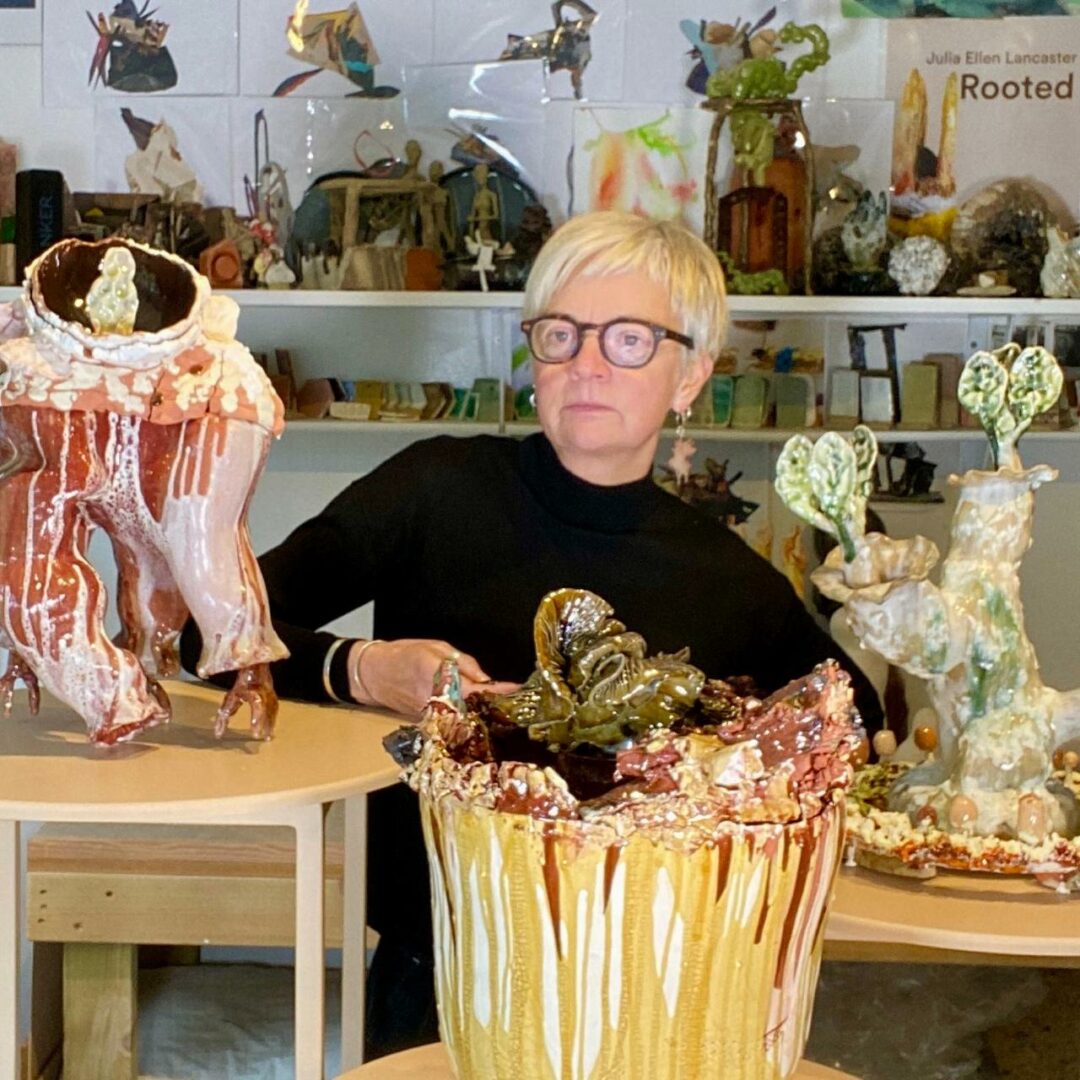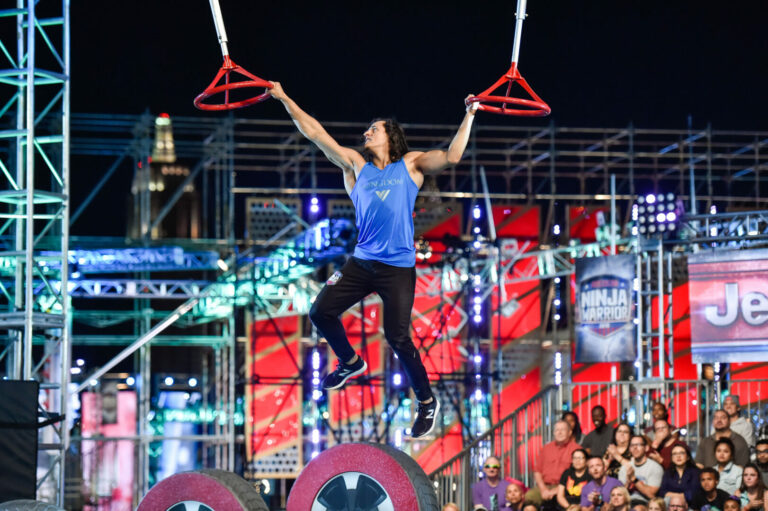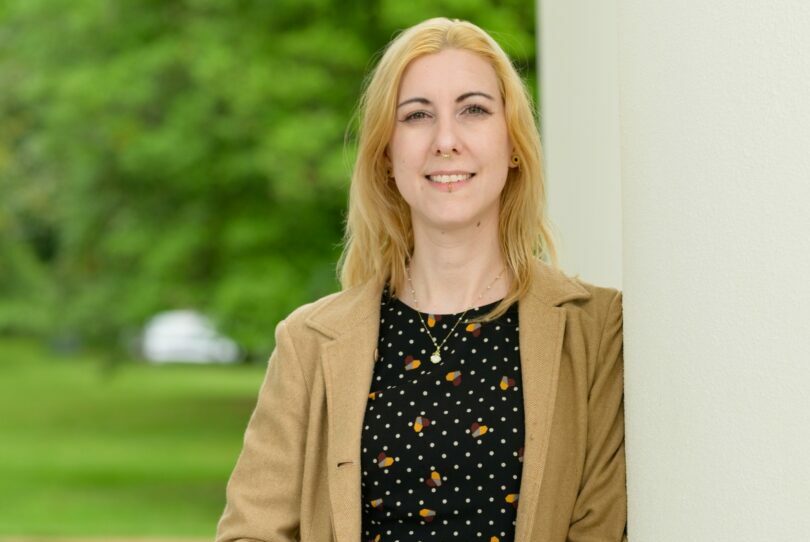We’re excited to introduce you to the always interesting and insightful Julia Ellen Lancaster. We hope you’ll enjoy our conversation with Julia Ellen below.
Hi Julia Ellen , so happy to have you with us today and there is so much we want to ask you about. So many of us go through similar pain points throughout our journeys and so hearing about how others developed certain skills or qualities that we are struggling with can be helpful. Along those lines, we’d love to hear from you about how you developed your ability to take risk?
I think when you’re an artist, everything you make involves a degree of risk. If you are trying to be the best artist you can be, this often means laying out what’s in your head and your heart for all to potentially see. It’s a massive risk because in reality we are taught in every other way to fit in, both socially and intellectually.
In particular, being a sculptor, can come with a high risk; the production costs are often high, the art market can be highly volatile, and tastes shift rapidly, and it requires more space to display and can be more technically challenging to exhibit.
So, the ability to take risks is a given, whether you like it or not. However, working with clay involves all sorts of risk in itself, because you are working with a natural material, sometimes exposing it to extreme heat, and combining materials that have a chemical reaction when exposed to heat. You don’t have complete control over it and therefore you learn to accept failure. Risk becomes less adverse.
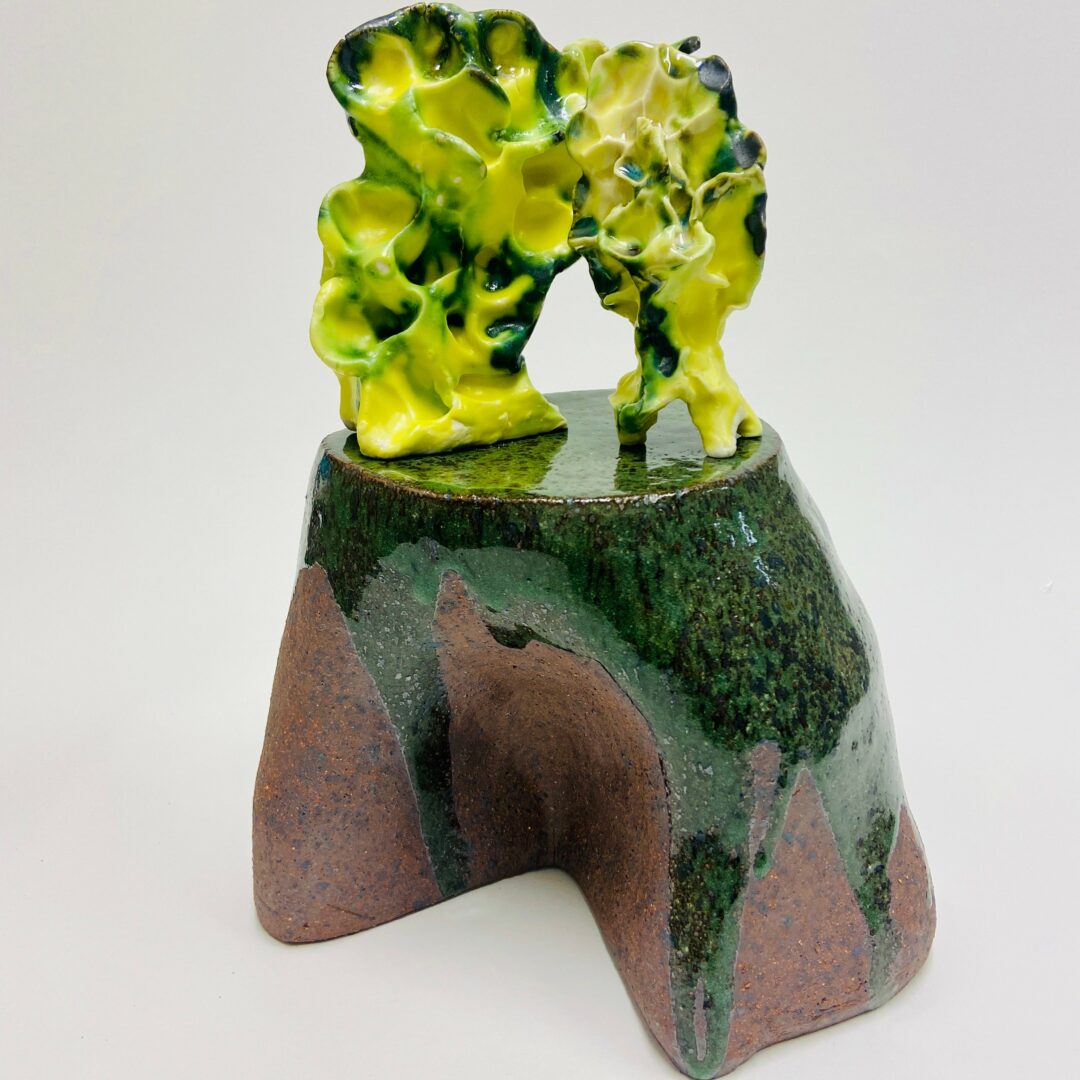

Thanks for sharing that. So, before we get any further into our conversation, can you tell our readers a bit about yourself and what you’re working on?
I’m an artist sculptor working with clay and ceramics. The work I make is influenced, to a large degree, by the natural world and the impact humans have on it. I use clay, minerals & rocks that I dig or find and process from across the UK. I’m stretching, molding, squashing and shaping, and in doing so I’m often reacting to something I feel strongly about and sometimes responding to the locality where the materials have come from.
We live in such a polarized world, but it can be unhelpful to get aggressive and defensive. Through the process of making, I can channel anger and sadness about injustice, to get out the other side without acting in a reactive or aggressive way. Materials and their locality can make me think abstractly about the people that occupy that same space.
Time spent in Tokyo some years ago, meant I learnt to ‘make’ with very little and spending time looking more closely at notions of mending, from ceramics to textiles, had a major impact on my practice. In Japan, concepts of care, attention and detail are seemingly much more prevalent and inform not only a practice but a way of life.
In my studio, I throw very little away, instead keeping every tiny bit of unused material and particles, knowing that I will find a use for it somewhere down the line in my work.
I’m looking forward to exhibiting in two major shows in London in 2025
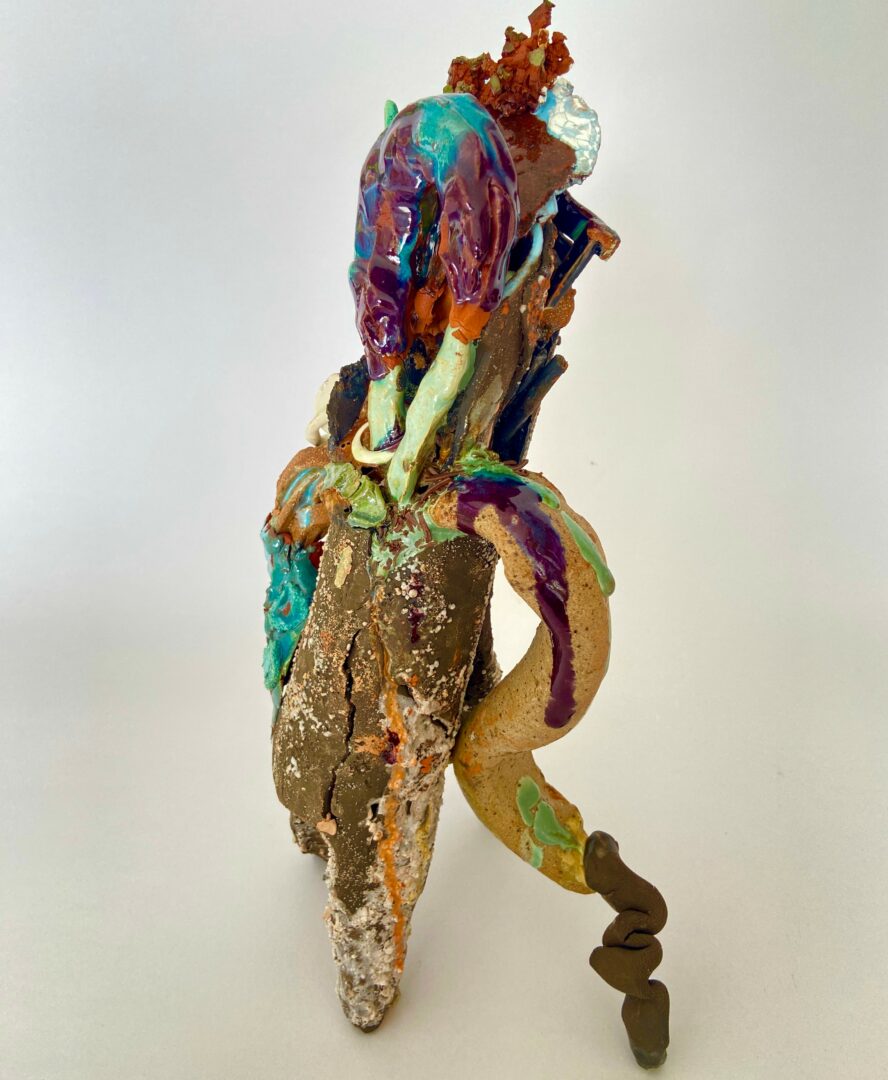

There is so much advice out there about all the different skills and qualities folks need to develop in order to succeed in today’s highly competitive environment and often it can feel overwhelming. So, if we had to break it down to just the three that matter most, which three skills or qualities would you focus on?
Tenacity – having the will to keep going and finding your own reasons to get up in the morning and get into the studio and make work, when nobody else is there to tell you to do that and nobody else is necessarily going to tell you what you’re doing is any good. It’s sometimes a struggle but in the end, there is only you and the work you’re making.
Taking time – I’ve worked my whole life since the age of 16, in lots of different jobs to pay the bills, having been brought up in a home where that was considered the norm. It took all my will power to break away from what was expected of me and get myself to art school. It was the best thing for me, it’s where I learnt my values and beliefs, it’s where I learnt how to re-interpret everything I’d been taught to believe, and it’s where I learnt I could still make a meaningful contribution to the world as a person who was totally focused on a visual language. Even though that doubt crept in again post art school and I didn’t make work for quite a long time, it was always there in the background until I finally got back to it.
Patience – I am not naturally a patient person and often want to do everything, all the time, all at once, which is why working with clay is perfect for me. It slows me down, because there is a process you have to go through, involving building, drying, firing which you can’t speed up. It makes me think more carefully which allows the work to evolve in a more considered way at the same time as allowing intuition to play its crucial part.
To others I’d say; don’t be in a rush, just keep making, try not to think too much about what others are doing. Make the work you want to be making and try not to be too self-critical, but listen to those around you whom you trust deeply.
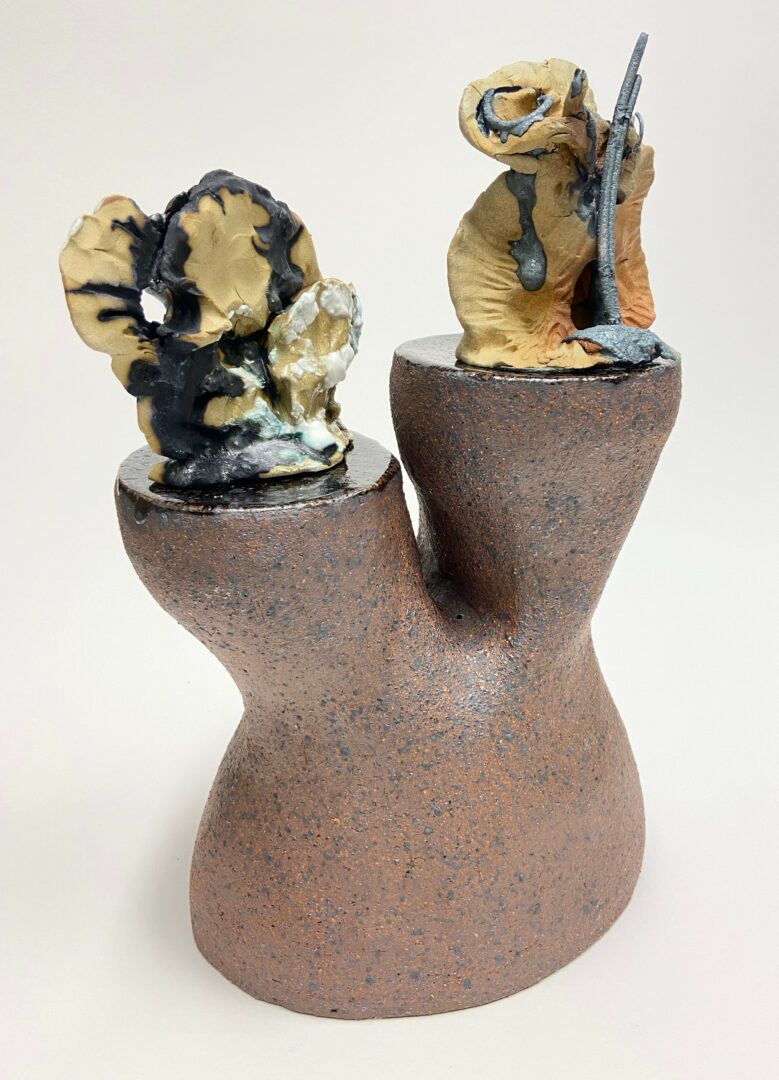
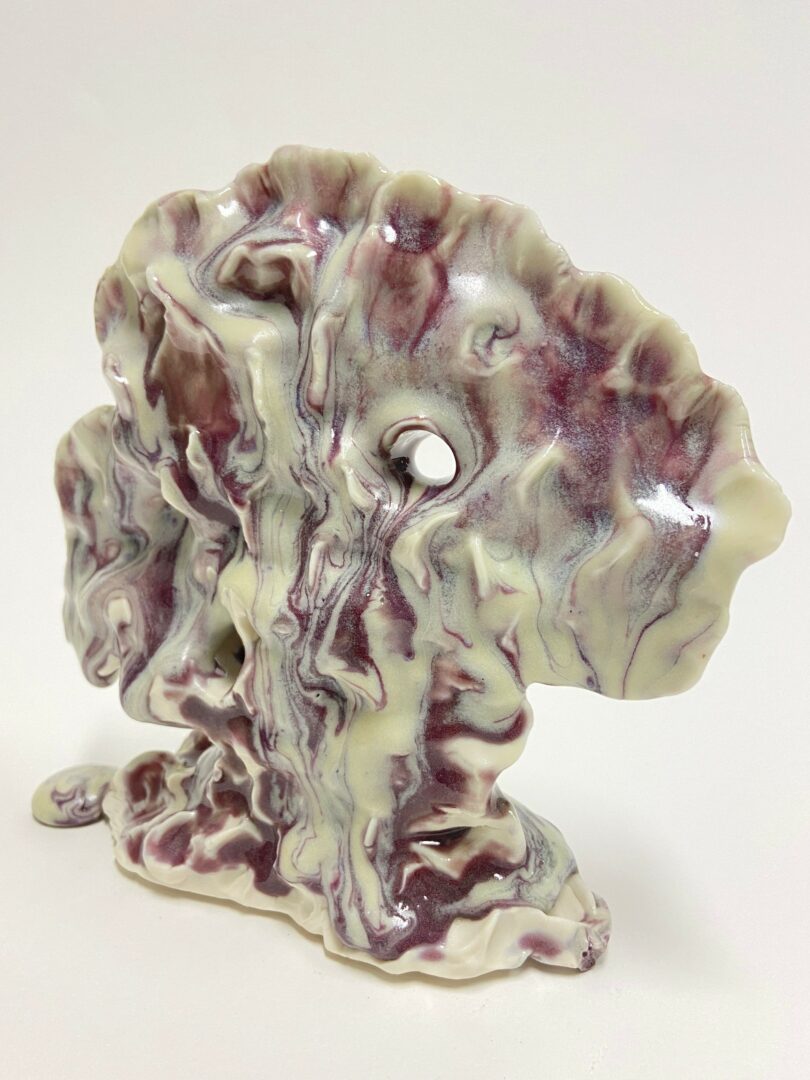
What would you advise – going all in on your strengths or investing on areas where you aren’t as strong to be more well-rounded?
That’s a difficult question because in truth I do think that learning new skills and encountering new experiences all the time can help you better understand the world around you and learn empathy, patience and understanding, qualities that are perhaps not considered very cool or very now. So, in that sense yes, I do try to push myself to try out new things. I didn’t start working with clay until much later after art school, so I was largely self-taught when it came to learning how to work with this material. It’s truly a shape shifting material, that pushes back in all sorts of ways. It has memory! And a history as far back as 29,000 BC. So as an artist working with a material like clay, you are always learning and experimenting, it has no limitations.
But I also think it’s helpful to accept you can’t be good at everything unless you are some kind of polymath. Instead working out what your strengths are and most importantly what makes you happy! For me it’s being in the studio making work and sharing the skills I’ve learnt with others too.
Contact Info:
- Website: https://www.juliaellenlancaster.com
- Instagram: @juliaellenlancaster_ceramics
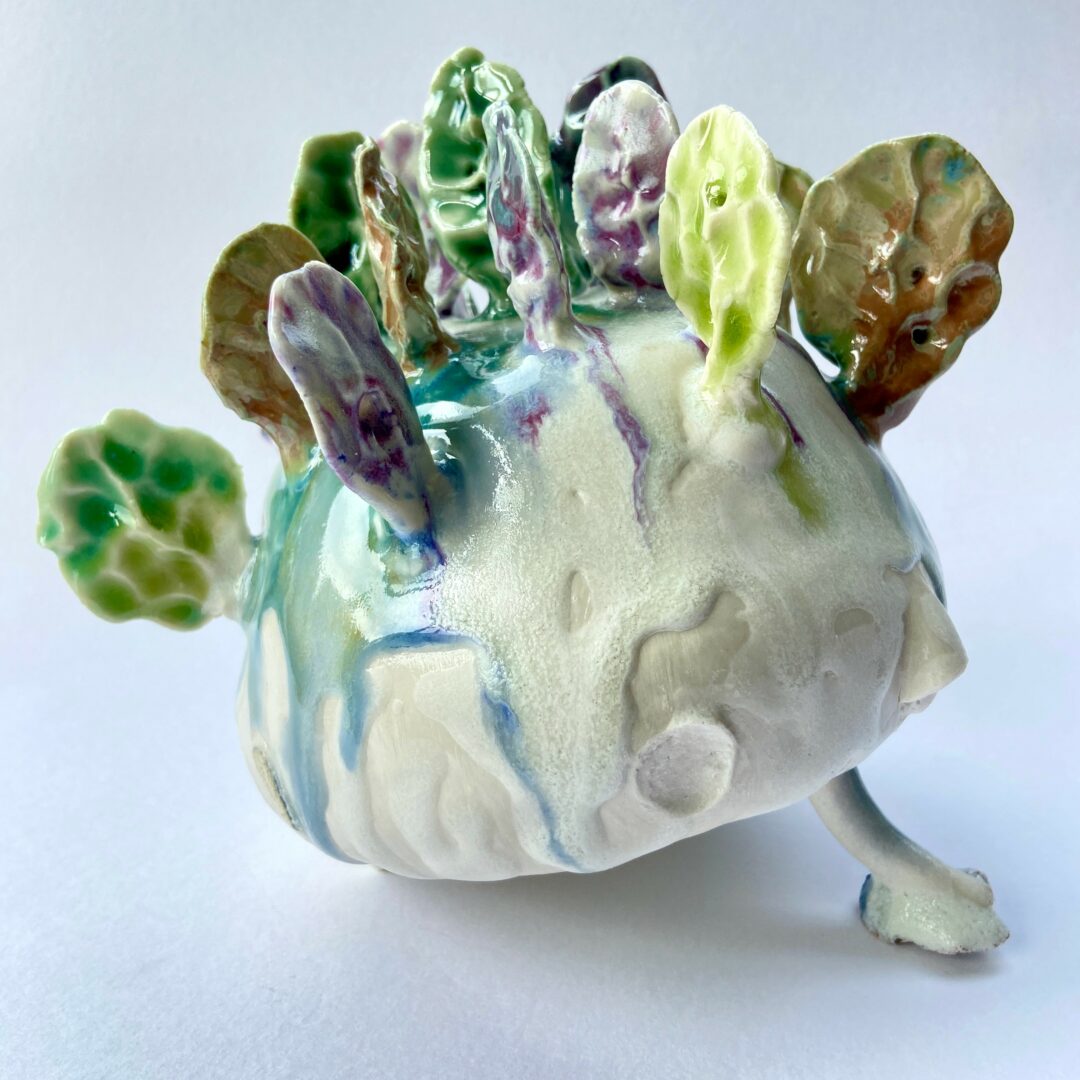
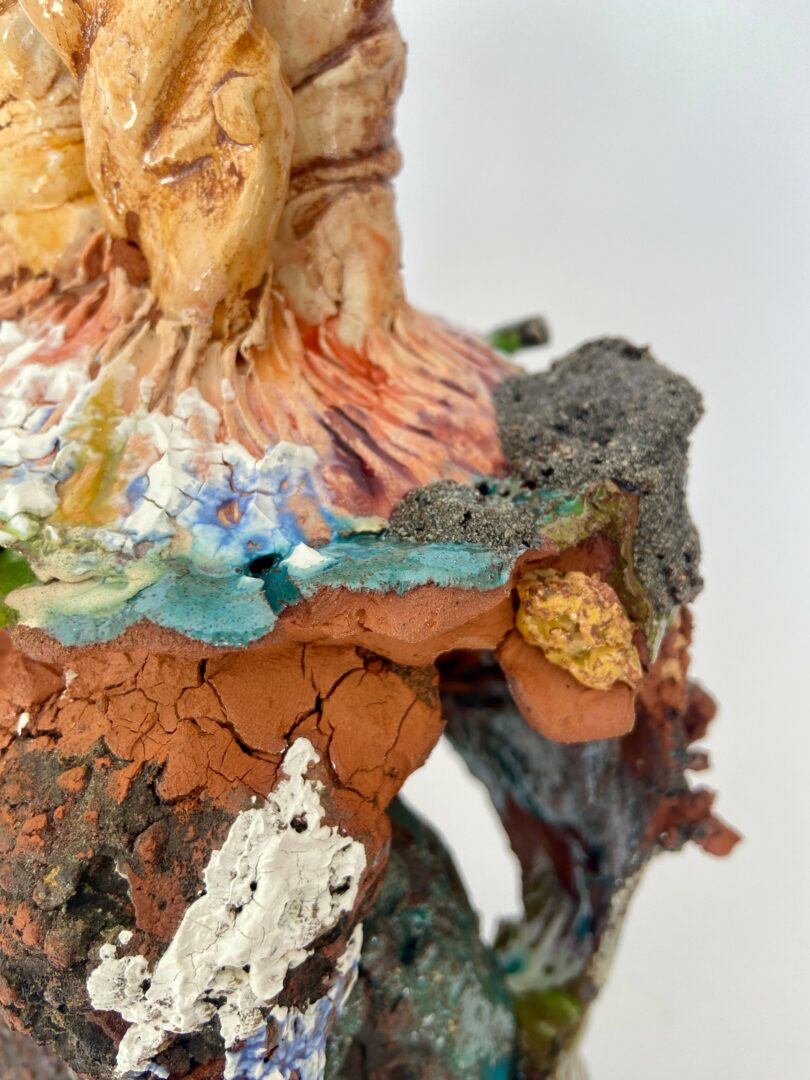
Image Credits
N/A
so if you or someone you know deserves recognition please let us know here.

